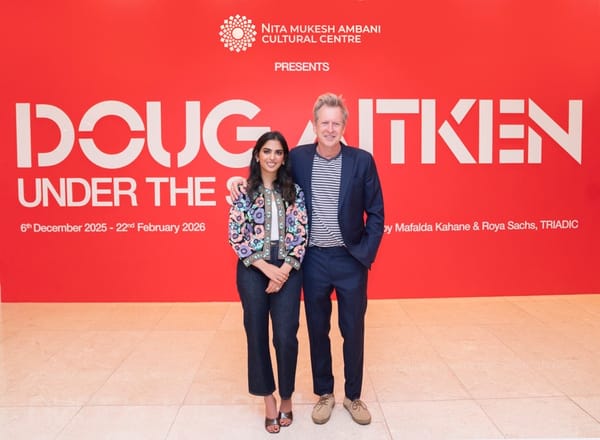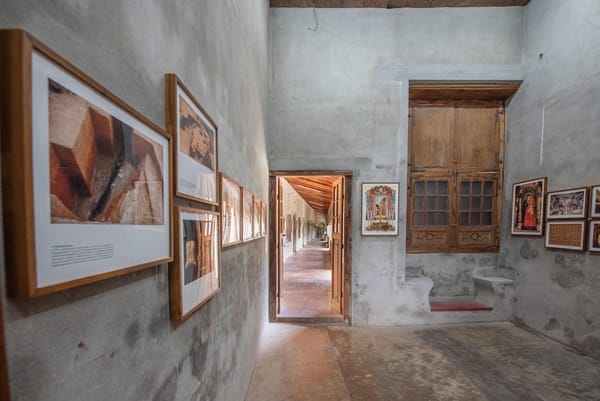Witnessing Transitions: Thukral & Tagra on the Interplay of Nature, Culture, and Digital Art in Arboretum – Ebb and Flow
In this insightful interview, Thukral & Tagra discuss their latest exhibition Arboretum – Ebb and Flow, exploring how their travels, cultural histories, and digital innovations shape a body of work reflecting nature's silent role in social and political transitions.
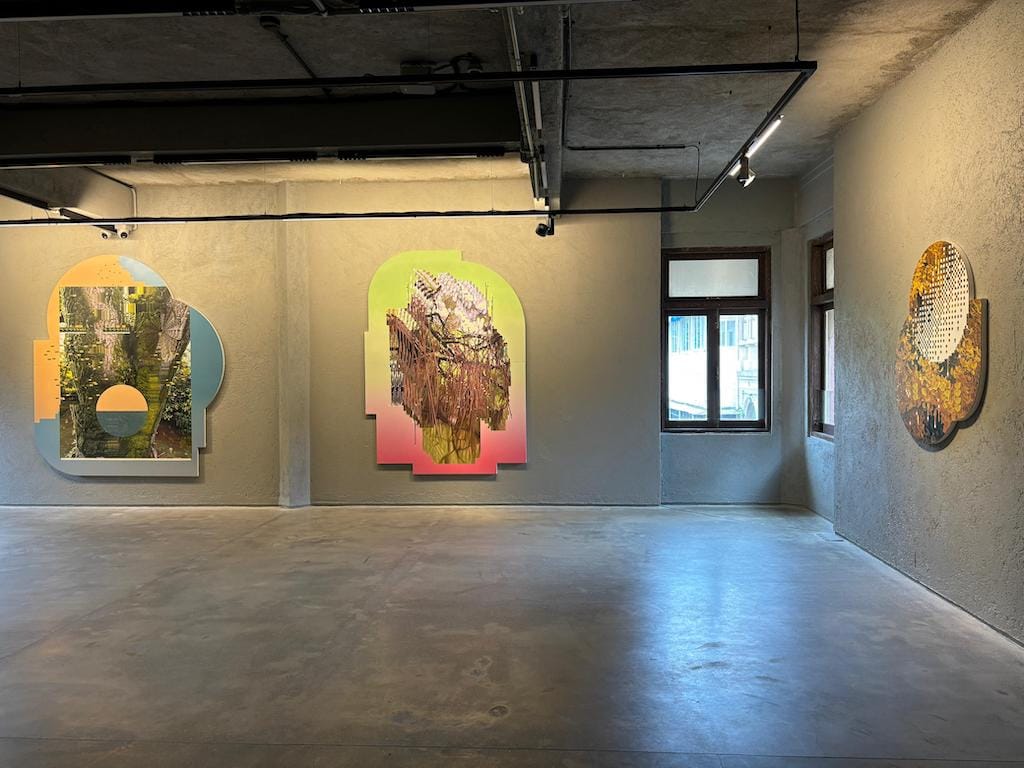
The artist duo Thukral & Tagra, known for their multidisciplinary approach to art, return with their latest exhibition Arboretum – Ebb and Flow, a captivating exploration of the intersection between cultural history and ecology. Jiten Thukral and Sumir Tagra have long been celebrated for pushing the boundaries of visual storytelling through their innovative use of painting, gaming, archiving, and immersive installations. Their latest body of work, on display at Nature Morte’s Mumbai gallery, extends the Arboretum series—initially conceived during the pandemic—to engage with the symbolic and historical significance of trees across diverse landscapes, from the political tensions of Kashmir to the serene vistas of Japan.
With hyper-realistic detail and unconventional canvas shapes, Arboretum – Ebb and Flow invites viewers to reflect on the enduring presence of trees as silent witnesses to the social, political, and environmental transitions unfolding around them. This exhibition marks a new phase in Thukral & Tagra’s practice, one that is deeply personal and resonant, intertwining their own family histories of migration and farming in Punjab with broader ecological and cultural narratives. As their artistic journey continues to evolve, they offer a profound meditation on the shifting relationship between humanity and nature, urging us to contemplate our role within these living archives.
In this exclusive interview, Thukral & Tagra delve into the inspiration behind Arboretum – Ebb and Flow, discussing how their travels, digital influences, and deep personal connections to landscape and history inform their creative process. Through this conversation, we gain insight into their artistic methodology and the ever-expanding possibilities of their work.
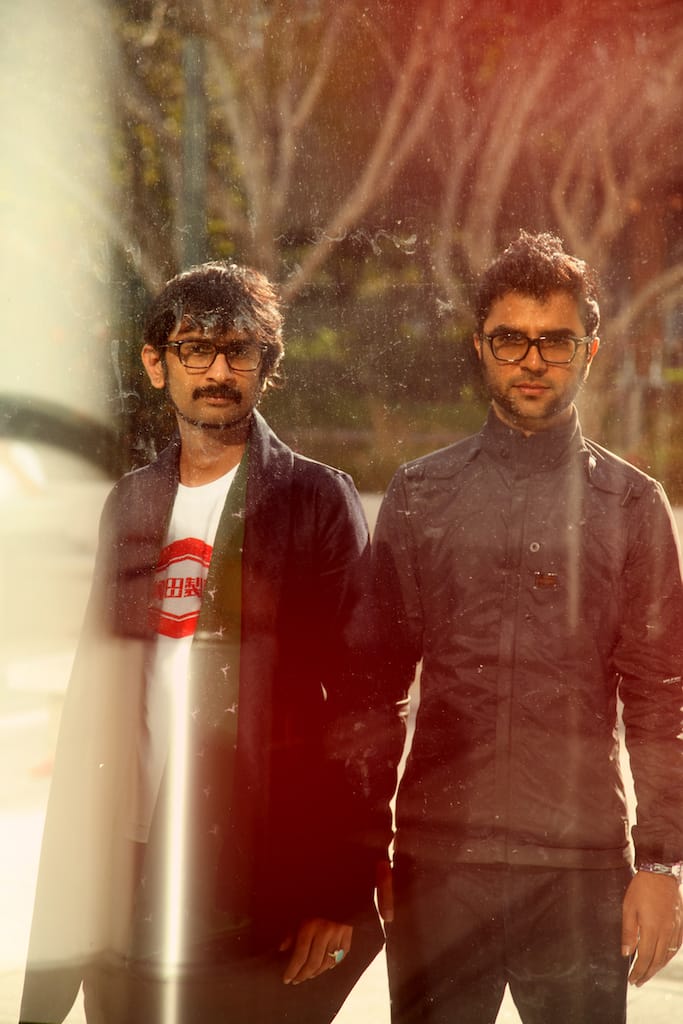
Serenade Team: "Arboretum – Ebb and Flow" engages with the cultural history of trees across different landscapes. How did your travels to places like Kashmir and Japan influence the narratives in your paintings?
Thukral & Tagra: Our Arboretum series emerged from stepping out of the studio and engaging with the world in a fresh way. Trees became more than just subjects—they are living archives, silently witnessing the changes around them. Our travels have deeply shaped this work. Since 2002, our journeys to Japan have evolved—from backpacking to traveling with partners, and now with children. Over time, outward exploration transformed into an inward journey, and the post-lockdown experience gave travel a new depth of contemplation.
In Kashmir, a land where landscape and conflict are inseparable, we focused on the ancient chinar trees, some over 380 years old. These trees have stood through countless political and social upheavals. We began to see them as silent witnesses to these shifts. Can we, through them, reflect on the broader changes we too are experiencing?
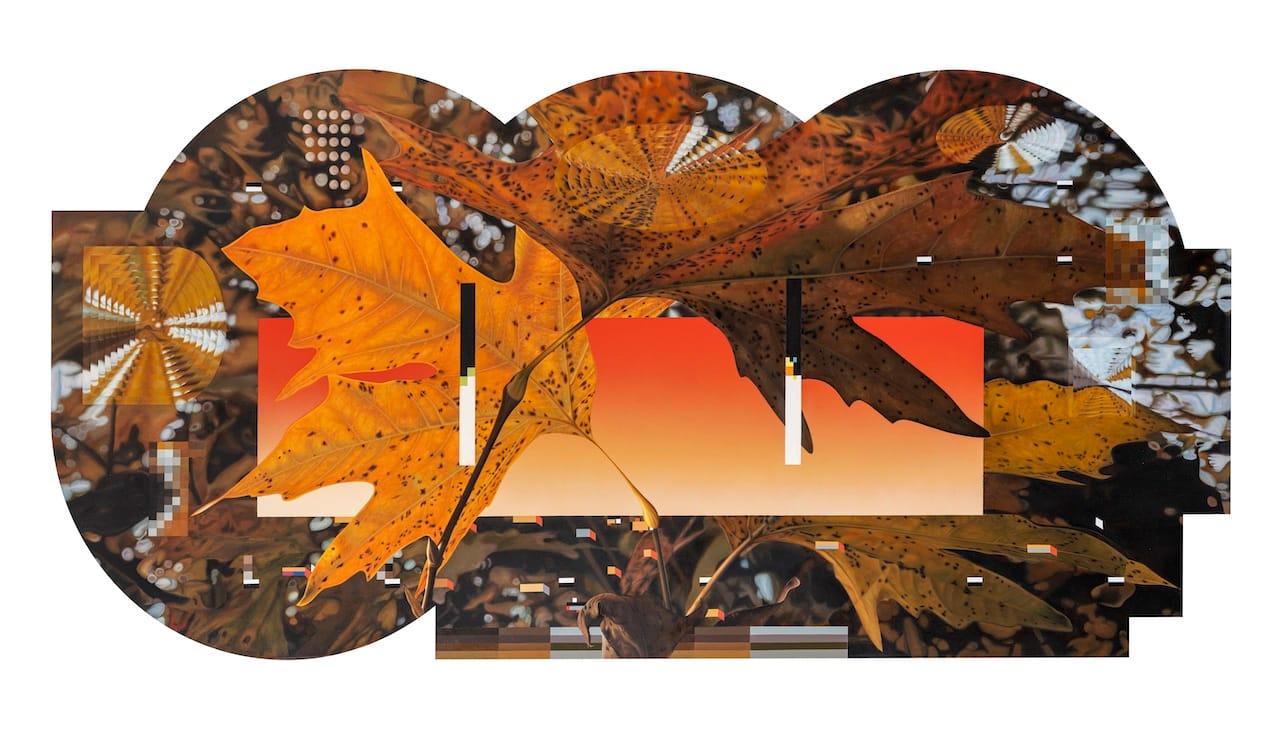
ST: Your work often bridges the gap between the real and digital worlds. How does this duality manifest in your current exhibition, and what challenges did you face in translating these concepts onto unconventional canvas shapes?
T&T: The unconventional shapes we create symbolize a promise to ourselves—not to stay confined within familiar boundaries. Just as the pandemic forced us out of locked rooms, these shapes allow us to break free and explore the unknown. They’re built from combinations of "0s and 1s," reflecting a digital language that connects both the physical and abstract.
The digital realm, with its speed, networks, and glitches, inspired much of this work. We saw the pandemic itself as a glitch—an error that forced us all to reset and rethink our work and lives. Translating this digital-physical duality onto unconventional canvas shapes was challenging but essential in reflecting the tension between control and fluidity.
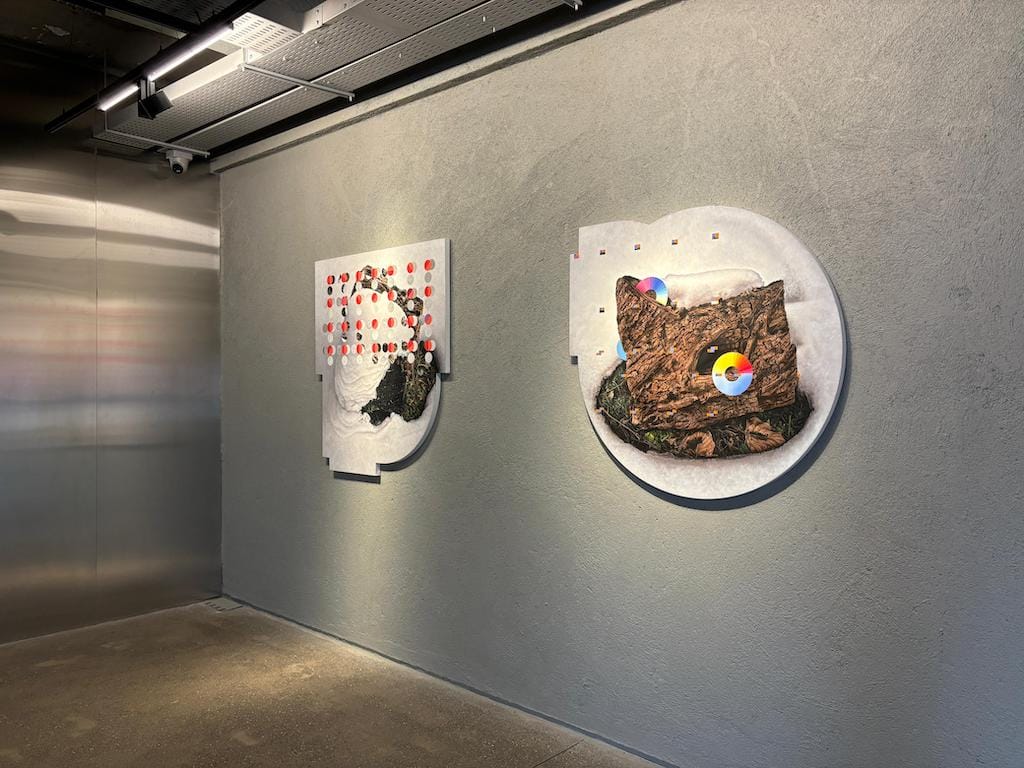
ST: You’ve mentioned that trees in your works serve as witnesses to social and political transitions. How are these themes represented in the pieces featured in this exhibition?
T&T: The chinar tree is celebrated in Kashmir, where it has stood for centuries as an almost magical presence. Even its fallen leaves are put to use, fueling the kangadi to keep people warm—continuing to give, even in death.
Throughout centuries of political disturbance, the chinar has been a constant, deeply rooted in the landscape. In Naseem Bagh, one particular chinar fell, but it became a symbol of dissent, a gathering place for students to form a community. Though the tree is now gone, its legacy lives on. The memory of that tree remains palpable, its presence still felt even in absence.
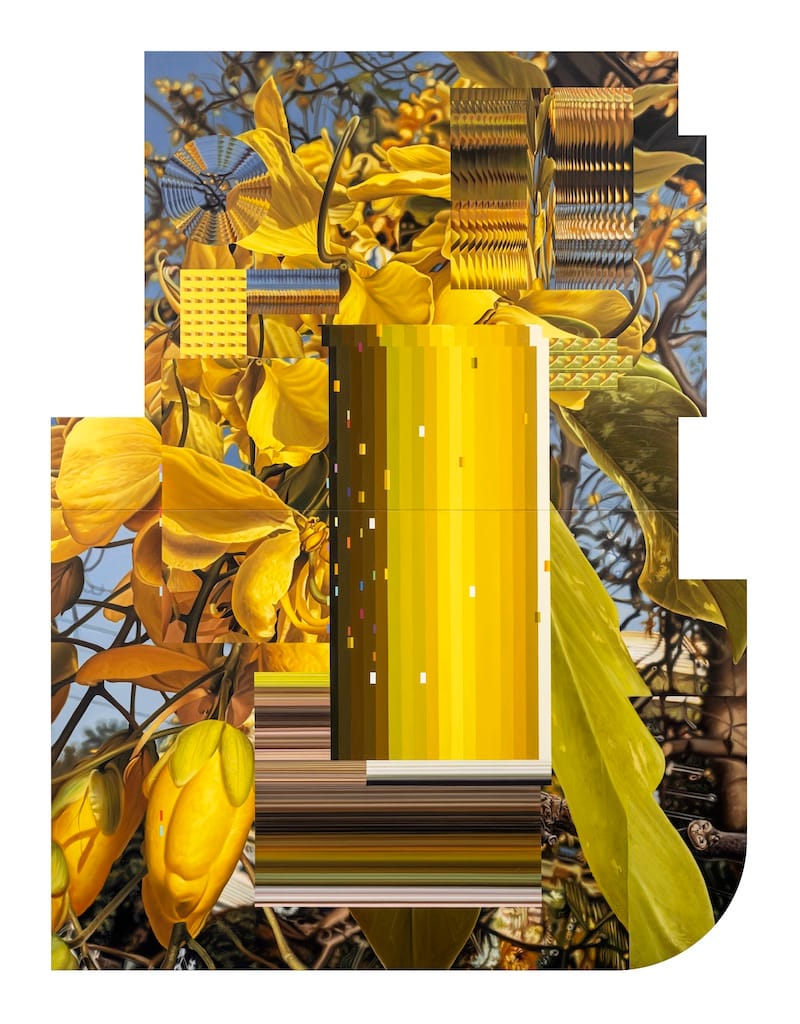
ST: Your practice spans a variety of mediums, including painting, gaming, and immersive installations. How does your multidisciplinary approach contribute to the storytelling in "Arboretum – Ebb and Flow"?
T&T: The Arboretum is a space for cultivating knowledge, ideas, and mythologies. It’s an evolving process—each pixel becomes a leaf, and each leaf a pixel—creating a digital forest of connections. Our multidisciplinary approach allows us to gather imagery and symbolism from many sources, deepening our bond with the trees we depict.
In the studio, ideas take root, and the paintings become the trees themselves. The gallery space transforms into an arboretum where visitors can engage, reflect, and hear the echoes of these living archives.
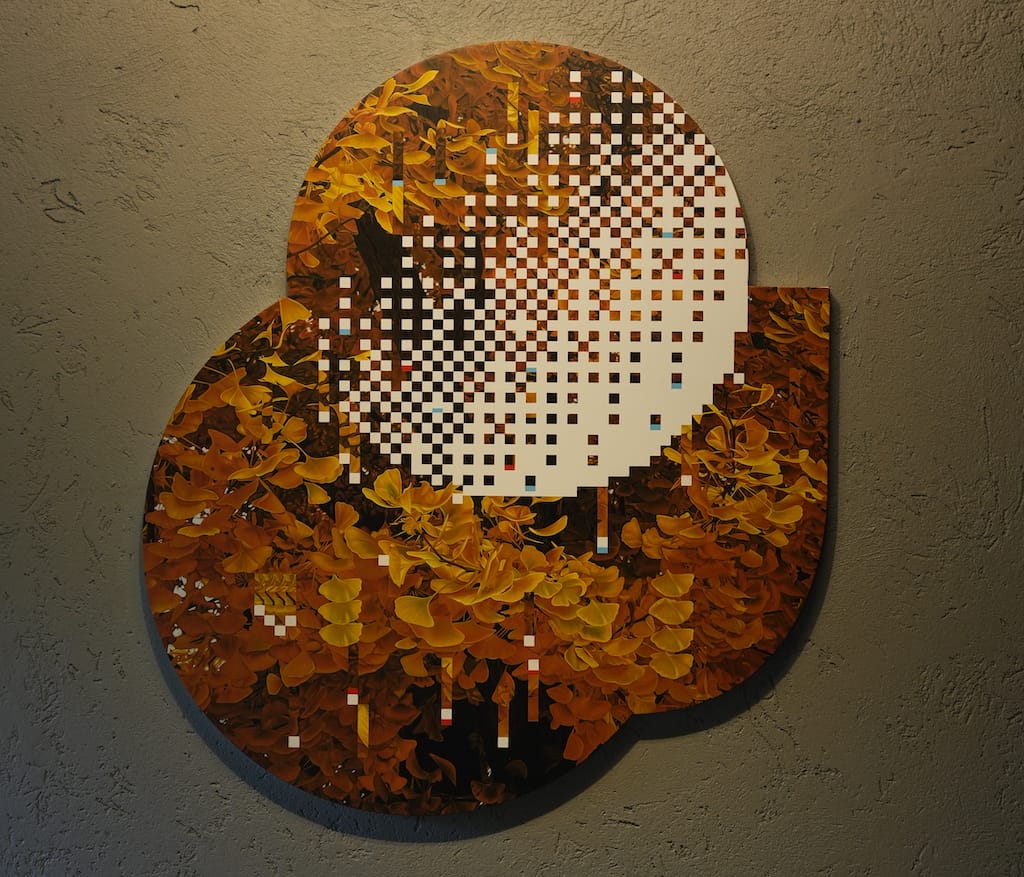
ST: Your recent work explores ecology and climate change, reflecting on your family’s history of migration and farming in Punjab. How does this personal history inform the larger ecological and cultural themes in your art?
T&T: Personal history is at the core of these explorations. Childhood memories of seasons—like the stories that began with "Garmi ki chuttiyon mein" or "Bahut thand mein school"—form the basis of much of our work. But with time, we’ve become disconnected from natural cycles. Now, fruits and vegetables are available year-round, and many of us no longer walk on uncultivated earth or sleep under an open sky.
This disconnection from nature parallels the creeping impact of climate change. Rising temperatures threaten agricultural livelihoods and drive migration, quietly yet profoundly reshaping the world around us.
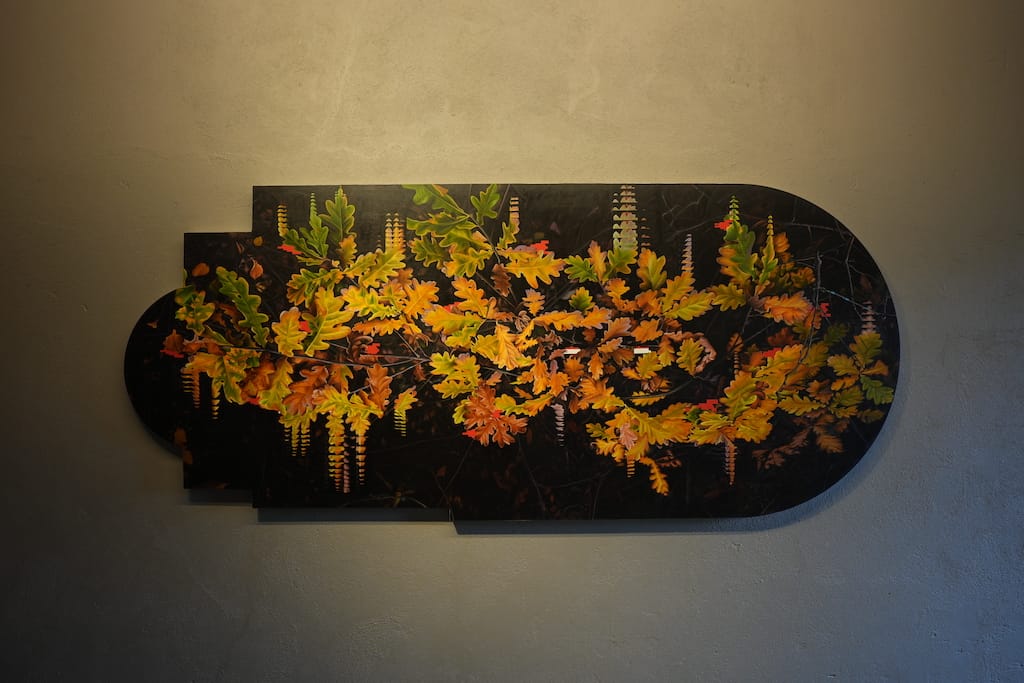
ST: Beyond the exhibition, your initiatives like Pollinator and andArchive foster cross-pollination across creative fields and reconfigure the role of the archive. How do these platforms influence your artistic practice and approach to new projects?
T&T: Our goal is not just to create artworks, but to build institutions that embody fresh ideas and foster practices of care and inclusion. Through platforms like Pollinator and andArchive, we aim to archive ideas that reflect the passage of time and create spaces that align with our collective values and growth. These evolving platforms influence how we approach new projects, always with an eye on fostering connections and nurturing creative ecosystems.
Thukral & Tagra's exhibition, "Arboretum – Ebb and Flow," is currently on view at Nature Morte’s Mumbai gallery, located on the 3rd floor of Dhanraj Mahal, Apollo Bunder, Mumbai, until Saturday, October 12, 2024. The gallery is open Monday through Saturday from 11 AM to 7 PM and is closed on Sundays.
Additionally, a solo show of their paintings, Arboretum, will open at the SCAD Museum of Art in Savannah, Georgia, on September 26th, 2024.



